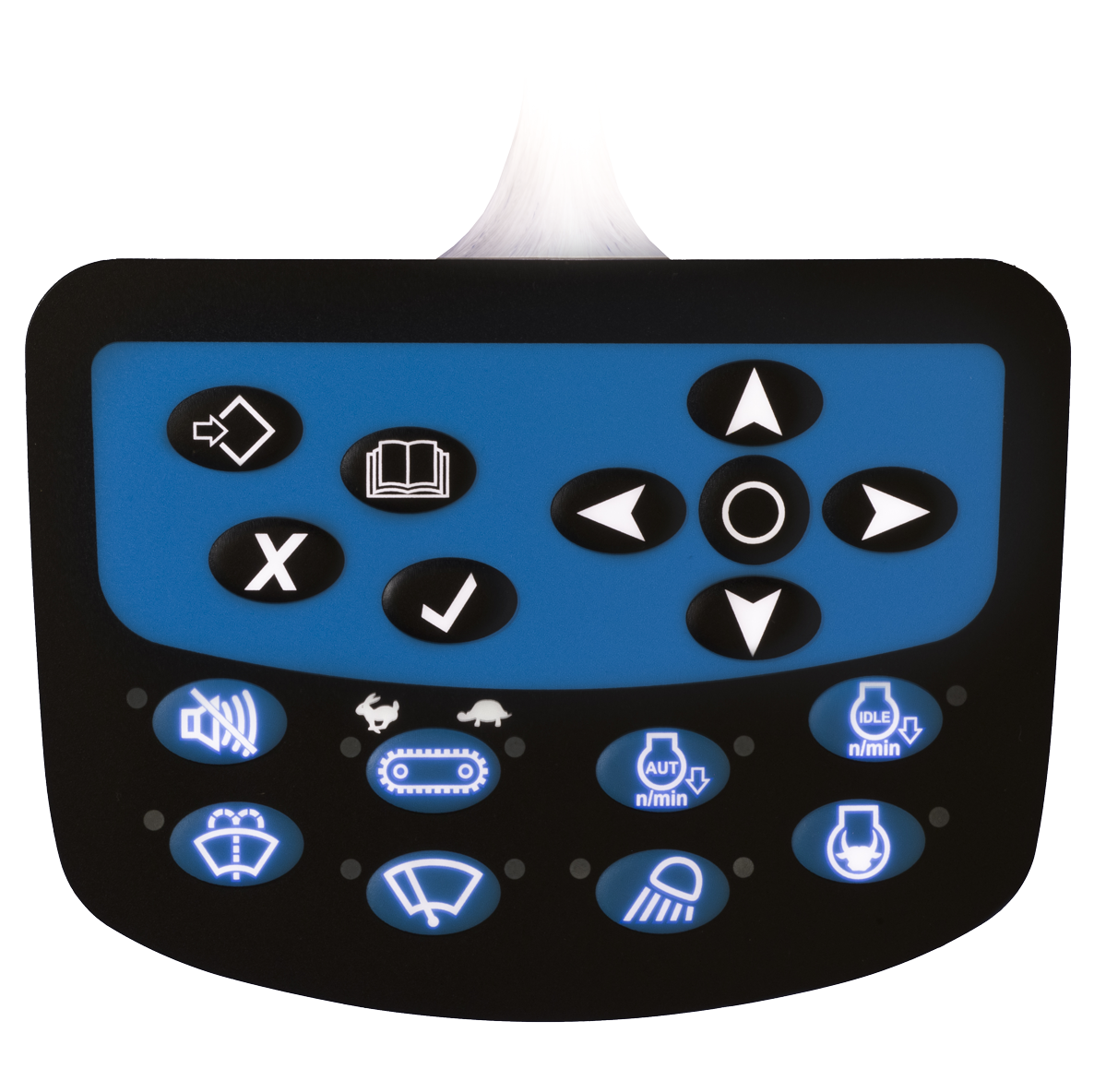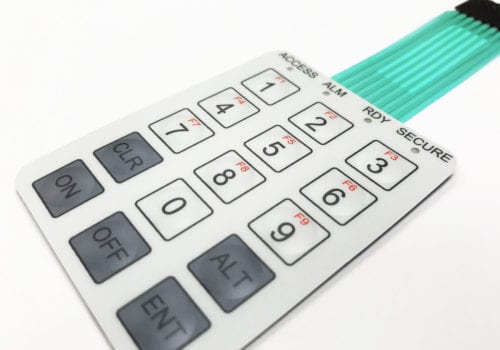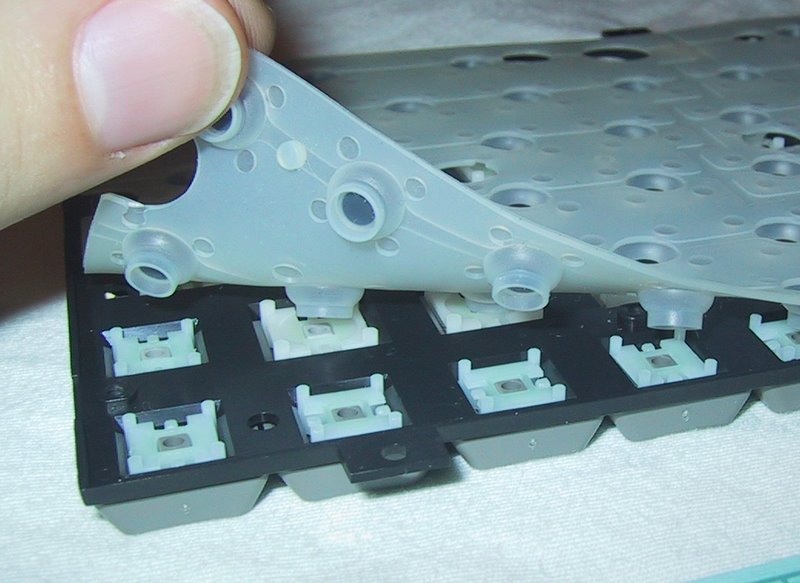Membrane Layer Switch Modern Technology: The Secret to Trusted and Cost-efficient User Interfaces
Membrane layer switch modern technology has arised as a pivotal element in the style of customer interfaces, offering both reliability and cost-effectiveness across a diverse variety of applications. Its robust building makes sure resistance to ecological obstacles, while the flexibility in layout enables tailored services that fulfill certain industry demands. As we discover the multifaceted advantages of membrane layer switches, their potential for technology questions regarding future applications and progressing fads. What does the next phase hold for this innovation in a progressively digital landscape?
Comprehending Membrane Layer Switch Innovation
Membrane button technology is a widely used interface option in different electronic tools, using a seamless blend of performance and layout. This innovation integrates numerous layers of materials, usually containing a visuals overlay, spacer layer, and a circuit layer. The graphic overlay shows the user interface components, while the spacer layer separates the circuit layer from the overlay until a user triggers a button.
When pressure is put on the overlay, the circuit layer finishes the electrical circuit, sending out a signal to the gadget. This device enables numerous configurations, including responsive feedback and backlighting choices, boosting user communication. Membrane switches are usually produced using resilient products such as polyester or polycarbonate, making certain longevity and resistance to ecological elements like moisture and dust.
The flexibility of membrane changes allows their application in varied markets, consisting of clinical devices, customer electronic devices, and industrial controls. Their compact style permits assimilation into space-constrained environments, providing an effective interface without jeopardizing visual charm. Comprehending the ins and outs of membrane layer switch innovation is necessary for makers and designers looking for to create reputable and reliable human-machine interfaces.
Trick Benefits of Membrane Switches
While different interface remedies exist, membrane changes deal distinctive benefits that make them a recommended option in numerous applications. One of the main advantages is their durability; membrane layer switches are made to stand up to harsh ecological problems, including wetness, dust, and temperature variations, ensuring resilient performance. This resilience considerably reduces the demand for constant substitutes, thus lowering overall maintenance costs.

Furthermore, membrane switches are light-weight and small, making them suitable for applications where area is restricted. Their low-profile design adds to a streamlined look without jeopardizing functionality.
Cost-effectiveness is likewise a noteworthy advantage, as the production procedure for membrane switches over tends to be less costly contrasted to standard mechanical switches. This cost, combined with their dependability and ease of installation, placements membrane layer changes as a useful option for a vast array of sectors seeking efficient and effective interface.
Applications Across Various Industries
How do membrane layer buttons adapt to the diverse requirements of numerous industries? Membrane button modern technology is increasingly acknowledged for its convenience, making it suitable for a broad variety of applications throughout numerous sectors.
In consumer electronic devices, membrane layer buttons give a small remedy for remotes and home appliances, enhancing individual experience with instinctive layout. Additionally, the industrial industry leverages membrane layer buttons for equipment control board, gaining from their resistance to harsh environments, article source such as wetness and dirt.
Army and aerospace applications likewise make use of membrane layer buttons for their integrity and capability to hold up against severe problems, making sure functional effectiveness in essential scenarios. Furthermore, the food and drink sector takes on these buttons for automated systems, where hygiene and convenience of procedure are vital. Inevitably, membrane layer switches are tailored to meet the one-of-a-kind needs of each market, showing their important function in contemporary technology interfaces
Design and Modification Alternatives

In the world of membrane button innovation, design and modification choices play a pivotal duty in enhancing capability and customer communication. These switches can be customized to satisfy specific functional demands and aesthetic choices, making them flexible components in different applications.
One of the key personalization choices is the design of the button itself, which can be made to suit one-of-a-kind interface and ergonomic factors to consider. By adjusting the form, size, and setup of buttons, makers can create instinctive styles that facilitate simplicity of usage. In addition, the unification of different colors and visuals overlays enables for branding and improved exposure, guaranteeing that users can promptly determine features.
Additionally, membrane buttons can be engineered with numerous tactile responses systems, such as raised switches or audible clicks, to improve the user experience. Various materials can likewise be selected for longevity and environmental resistance, addressing aspects such as moisture, temperature changes, and chemical direct exposure.
Eventually, the considerable style and personalization options readily available in membrane button technology encourage businesses to develop customized solutions that not only fulfill useful requirements but also line up with their branding and functional demands.

Future Fads in Membrane Buttons
As membrane button innovation remains to advance, future fads are progressively concentrated on boosting user experience and incorporating sophisticated functionalities. One substantial fad is the assimilation of touch-sensitive and capacitive modern technologies right into typical membrane buttons. This growth enables for more user-friendly interface, giving responsive feedback while preserving a sleek style.
Another arising fad is making use of ecologically his comment is here pleasant materials, driven by the expanding need for sustainable manufacturing methods. Suppliers are seeking to reduce their carbon footprint by using recyclable substratums and low-impact inks, aligning with worldwide sustainability goals.
Furthermore, the rise of the Net of Points (IoT) is motivating the incorporation of wise features into membrane buttons. Enhanced connectivity choices will certainly make it possible for tools to communicate with each other, enabling seamless assimilation into more comprehensive systems.
In addition, improvements in printing innovations, such as digital printing, are enabling for higher layout versatility and personalization. This allows suppliers to produce intricate official website designs and vivid shades cost-effectively.

Final Thought
In verdict, membrane switch technology stands for an important advancement in user interface design, providing considerable benefits in longevity, customization, and cost-effectiveness. As innovations continue to arise, particularly in touch-sensitive interfaces and lasting products, the potential for membrane switches to boost user experience and performance stays appealing.